Gait Analysis – an overview
Gait analysis is an Evaluation of the Walking Pattern. It is also used as a tool for athletes to assess the running pattern or other functionalities. The smallest of the injuries can predispose a person to abnormal gait patterns. The study of gait patterns is important as it helps in identifying the biomechanical faults causing abnormal walking or running patterns.
An abnormal gait pattern causes a sheering force on one side of a joint while the compressive force is on the other side of the joint. As a result, the joint itself and joints above and below are susceptible to injuries over some time. E.g. in the ankle, an overpronated foot deformity over some time may cause Knee and Hip Pain.
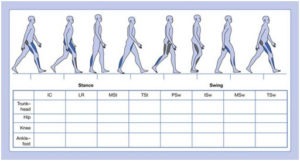
Gait abnormalities could be because of Nerve Injuries, Neurological Disorders, pain in the lower limb, limb discrepancies, spinal abnormalities (scoliosis), muscle tightness or biomechanical faults, etc.
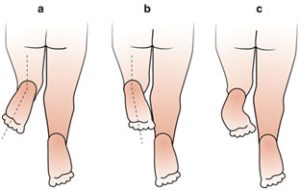
The picture shows that an abnormal gait pattern can be due to faulty alignment of the hip, knee, or foot abnormalities. It can be acquired or genetic.
Common Gait Problems
- Trendelenburg gait – The body sways sideways on one side due to weakness in the Gluteus Medius and Minimus. The sway is on the side of weakness to prevent pelvic drop on the opposite side.
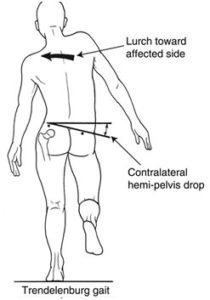
- Waddling gait – This is due to the weakness of abductors on either side. The patient sways on both sides. It typically appears as duck waddles.
- Lurching gait – This is due to weak gluteus maximus muscle (which produces extension at the hip joint). In these cases, patients either extend the back or use the hand to push the pelvis forward on the affected side to cause extension. At times also referred to as “pregnant women’s gait”, as commonly seen in them.
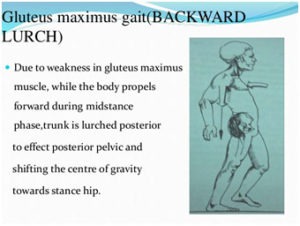
- High stepping This is seen in patients with weak dorsiflexors ( unable to bring foot towards the shin) or in cases of foot drop (peroneal nerve injury). Patients use a high stepping gait to clear the foot off the ground and to produce forcible dorsiflexion of the foot.

- Antalgic gait – It is also known as a painful gait. The patient walks into the clinic with a limp due to any traumatic or systemic painful condition of the lower limb or back.
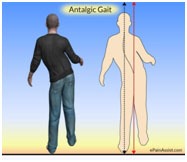
- Circumduction gait – Seen mainly in stroke patients. As a result of the abnormal movement pattern, the patient is unable to flex the hip and knee (about spasticity) properly so the limb is moved ahead in a circular manner using mainly the hip abductors.
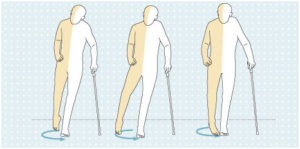
- Parkinson’s gait/ Festinating gait – Patients with Parkinsonism have difficulty maintaining the center of gravity within the base of support i.e. area between both legs. So these patients either have a slow sluggish gait maintaining a center of gravity within the steps or a fast stepping gait to catch up with the center of gravity that lies ahead (out of the base) because of stooping posture.
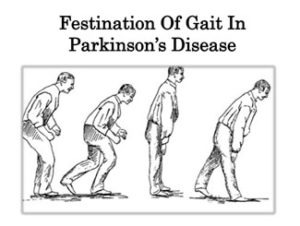
- People can have Altered Gait Patterns as a result of muscle insufficiencies/ biomechanical abnormalities as seen in tibialis posterior insufficiency cases. A patient walks or runs with a hyperpronated foot which predisposes the individual to other abnormalities above or below the joint.
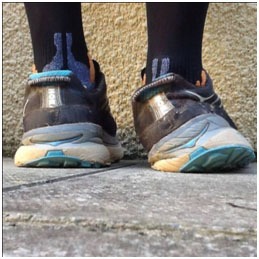
Gait analysis can be done in various ways.
- An experienced physiotherapist with good observational skills will be able to detect gait abnormalities purely by observing walking or running patterns.
- Video analysis of gait patterns can be done by slowing down the walking action for both assessment and correction purposes.
- Software-based computer analysis can also be used.
Gait analysis helps Physiotherapists make necessary changes in gait patterns, design an appropriate exercise regime to correct the faults, and prescribe necessary orthoses to correct the abnormalities.





